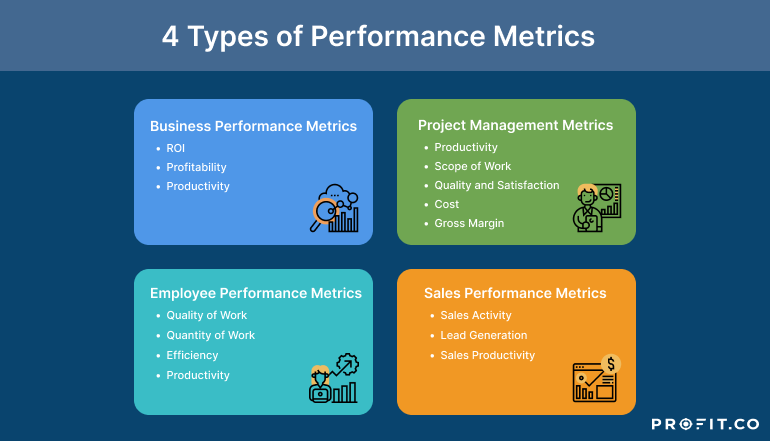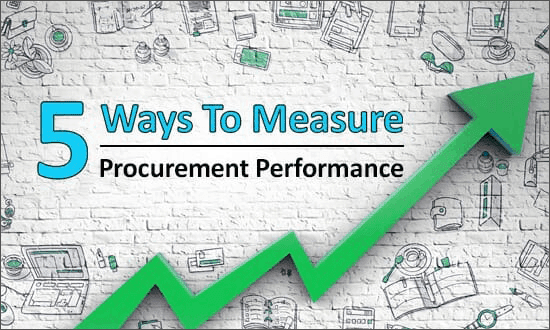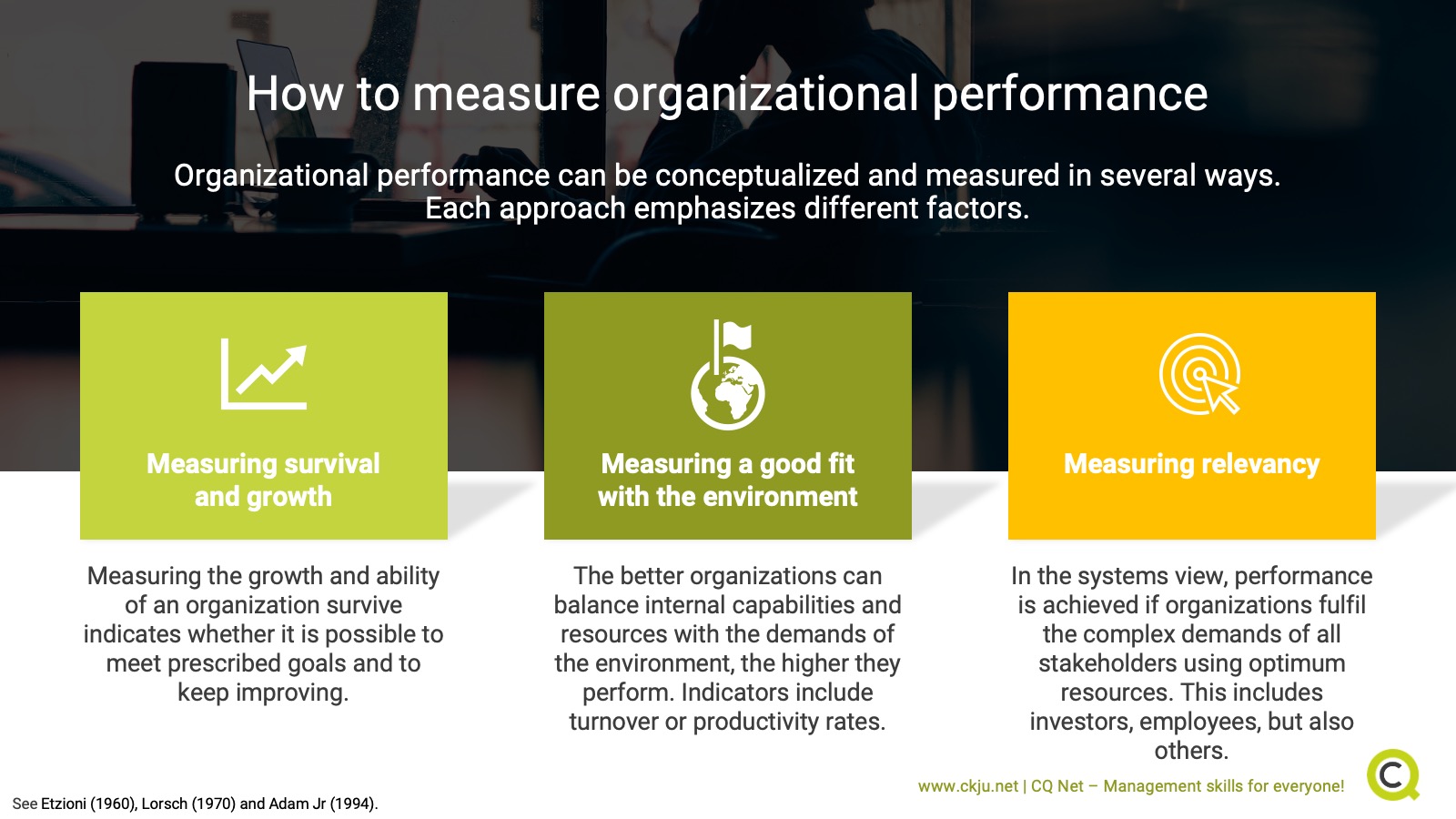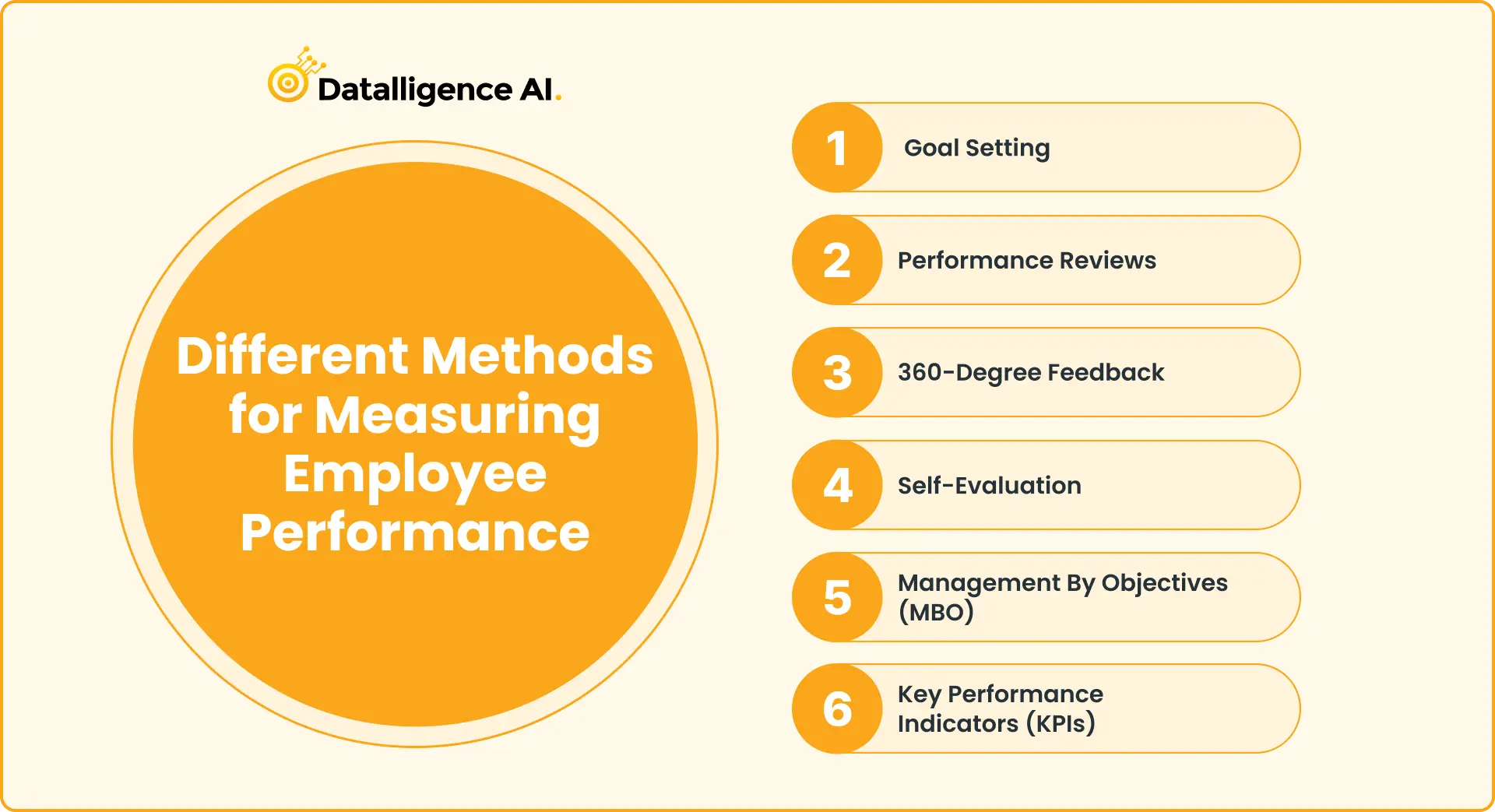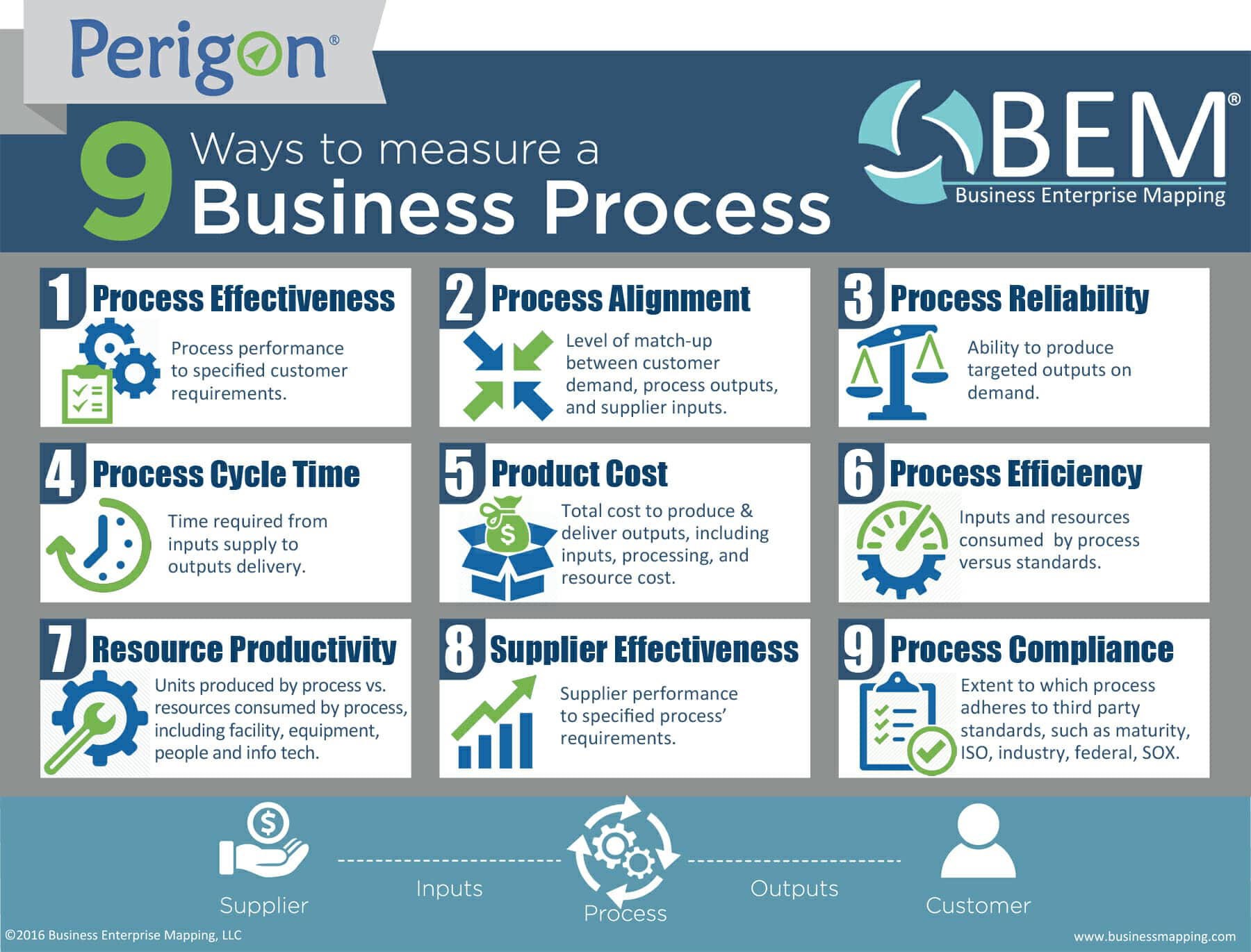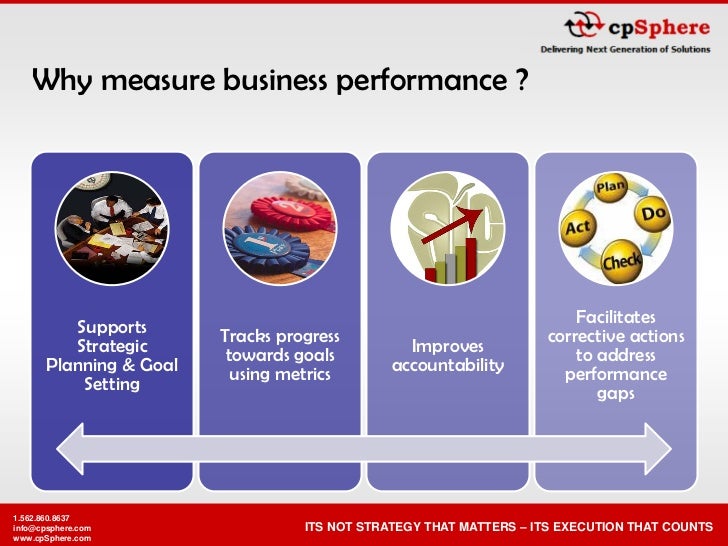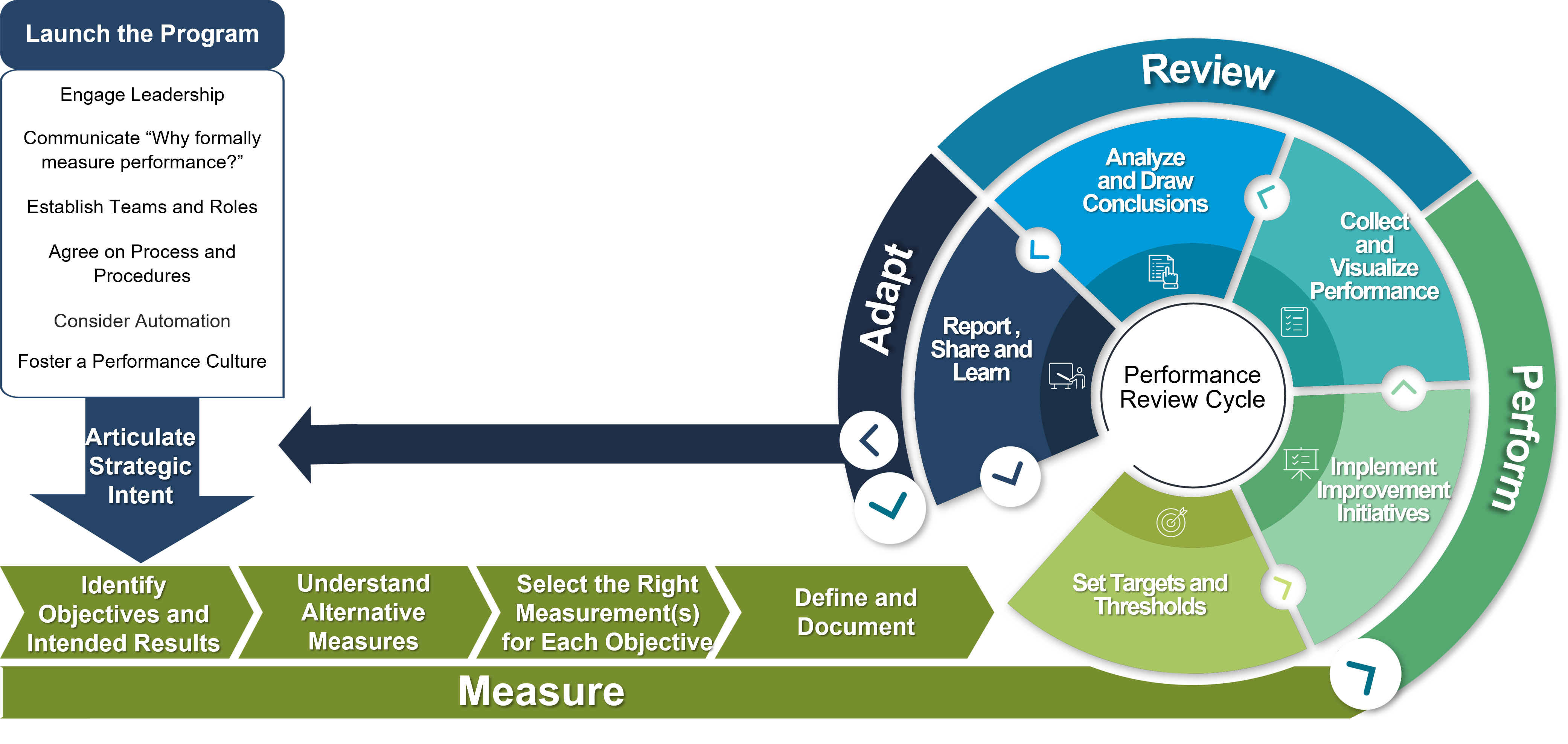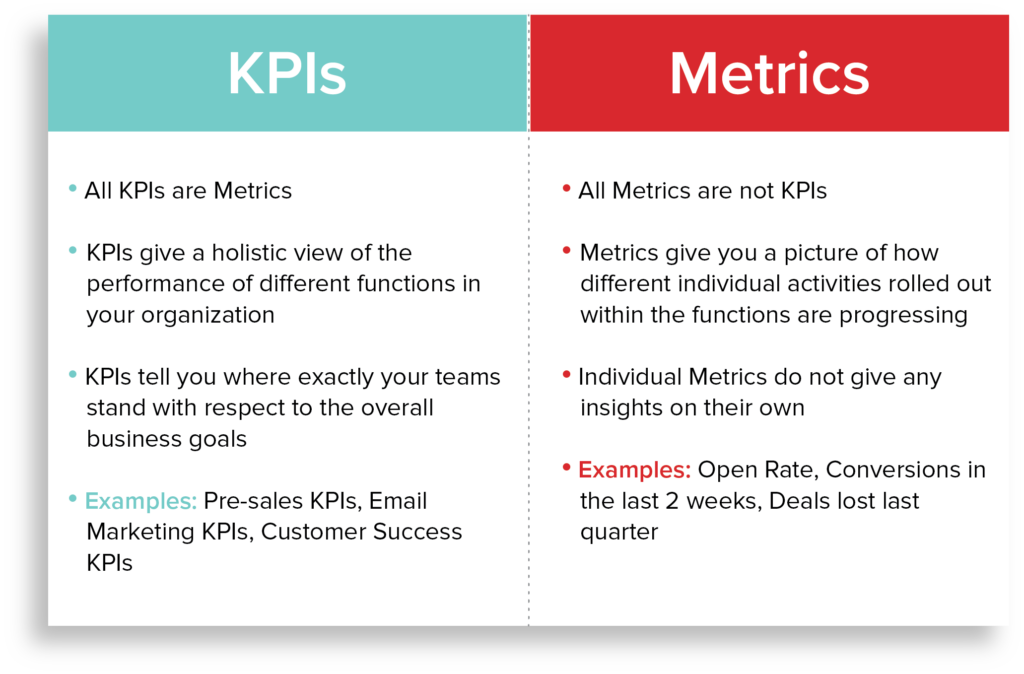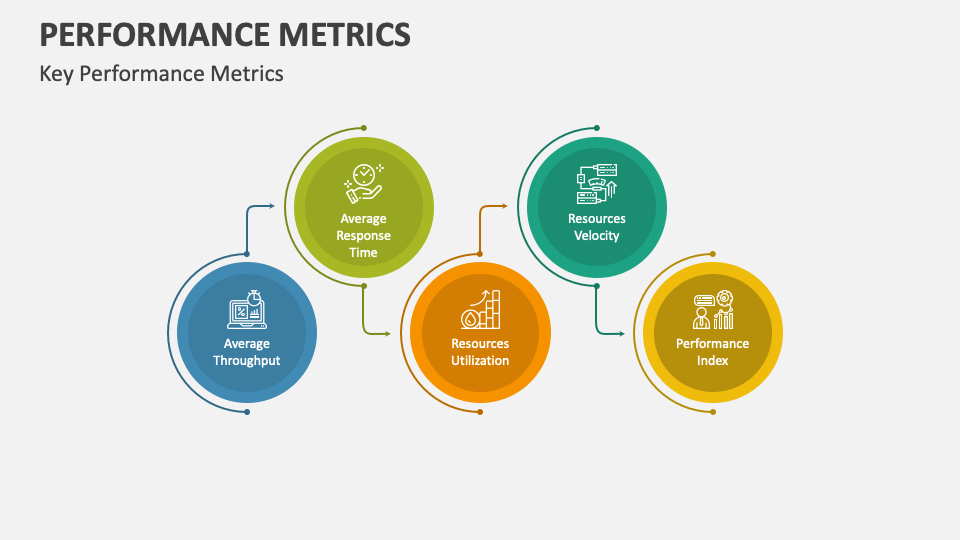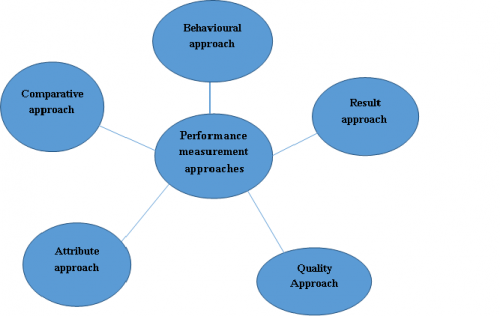Ways To Measure Company Performance

In today's competitive business landscape, understanding how a company is performing is crucial for investors, employees, and stakeholders alike. But with a myriad of metrics available, choosing the right tools to gauge success can be a daunting task.
This article explores various methods used to measure company performance, offering insights into their strengths and limitations. Understanding these metrics allows for a more holistic assessment of a company's health and future prospects.
Financial Performance Indicators
Financial performance indicators provide a quantitative assessment of a company's profitability, efficiency, and solvency. These metrics are often derived from a company's financial statements: the income statement, balance sheet, and cash flow statement.
Revenue and Profit Margins
Revenue, or sales, represents the total income generated by a company. Profit margins, such as gross profit margin and net profit margin, reveal the percentage of revenue remaining after deducting costs.
A growing revenue stream coupled with healthy profit margins indicates a company's ability to generate income efficiently. These figures are readily available in a company's income statement, often publicly accessible for publicly traded companies.
Return on Investment (ROI)
ROI measures the profitability of an investment relative to its cost. It's a widely used metric to evaluate the efficiency of capital allocation within a company.
A higher ROI suggests that the company is generating significant returns from its investments. This can be calculated for specific projects or the overall company performance, providing a clear picture of investment effectiveness.
Debt-to-Equity Ratio
The debt-to-equity ratio compares a company's total debt to its shareholder equity. It provides insight into the company's financial leverage and risk.
A high ratio suggests the company is relying heavily on debt financing, potentially increasing its vulnerability to financial distress. The balance sheet provides the data needed to compute this essential ratio.
Operational Performance Metrics
Beyond financial figures, operational performance metrics focus on the efficiency and effectiveness of a company's internal processes. These metrics often vary depending on the industry and business model.
Customer Satisfaction
Customer satisfaction is a crucial indicator of a company's ability to meet customer needs and expectations. High satisfaction levels often translate to increased customer loyalty and repeat business.
Surveys, feedback forms, and online reviews are common methods for gauging customer satisfaction. A consistently high customer satisfaction score reflects well on the quality of the company's products and services.
Employee Engagement
Employee engagement measures the level of enthusiasm and commitment employees feel towards their work and the company. Engaged employees are generally more productive and innovative.
Companies often use surveys, performance reviews, and employee feedback sessions to assess engagement levels. Higher engagement often translates to better productivity and reduced employee turnover.
Production Efficiency
For manufacturing companies, production efficiency metrics, such as output per hour or defect rate, are critical. These metrics help identify areas for process improvement and cost reduction.
Monitoring these metrics helps ensure optimal utilization of resources and minimizes waste in the production process. This, in turn, leads to improved profitability and competitiveness.
Non-Financial Performance Indicators
Increasingly, companies are recognizing the importance of non-financial performance indicators, particularly those related to environmental, social, and governance (ESG) factors.
Environmental Impact
Measuring environmental impact, such as carbon emissions or water usage, is becoming increasingly important. Investors and consumers are paying closer attention to companies' environmental sustainability efforts.
Reporting on environmental performance demonstrates a company's commitment to responsible business practices. The data collected allows for better decision making and transparent communication.
Social Responsibility
Metrics related to social responsibility include diversity and inclusion initiatives, community involvement, and ethical sourcing practices. These factors contribute to a company's reputation and brand image.
Reporting on these metrics helps build trust with stakeholders and enhances a company's social license to operate. A strong focus on social responsibility can attract and retain talent as well.
The Importance of Context
It's crucial to remember that no single metric tells the whole story. Evaluating company performance requires considering a variety of indicators in context.
Benchmarking against industry peers and analyzing trends over time provide a more comprehensive understanding. Furthermore, qualitative factors, such as management quality and competitive landscape, should also be considered.
By employing a multifaceted approach to measuring company performance, stakeholders can gain a deeper understanding of a company's strengths, weaknesses, and future potential. This informed decision-making is key to success in the dynamic business world.
